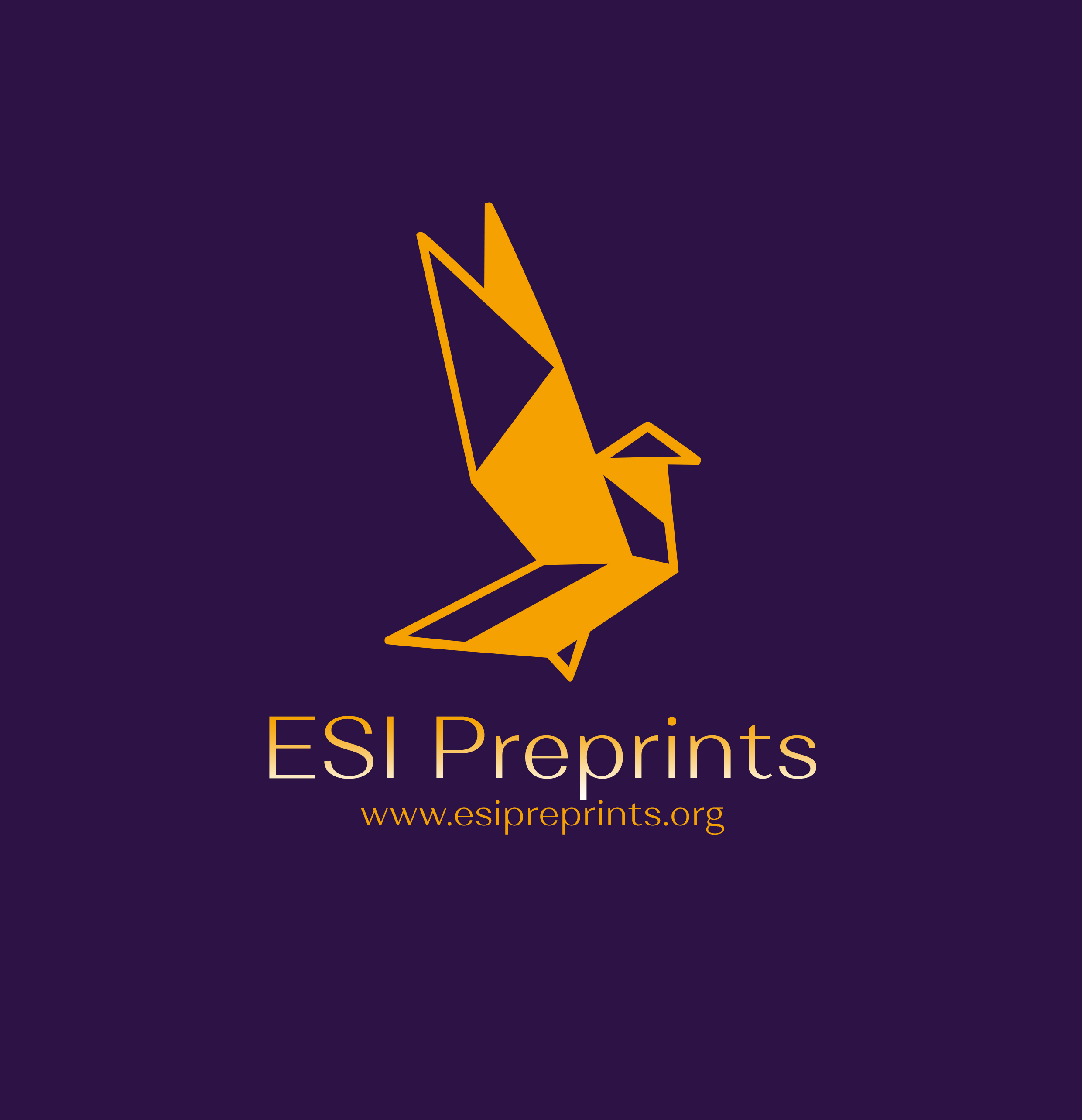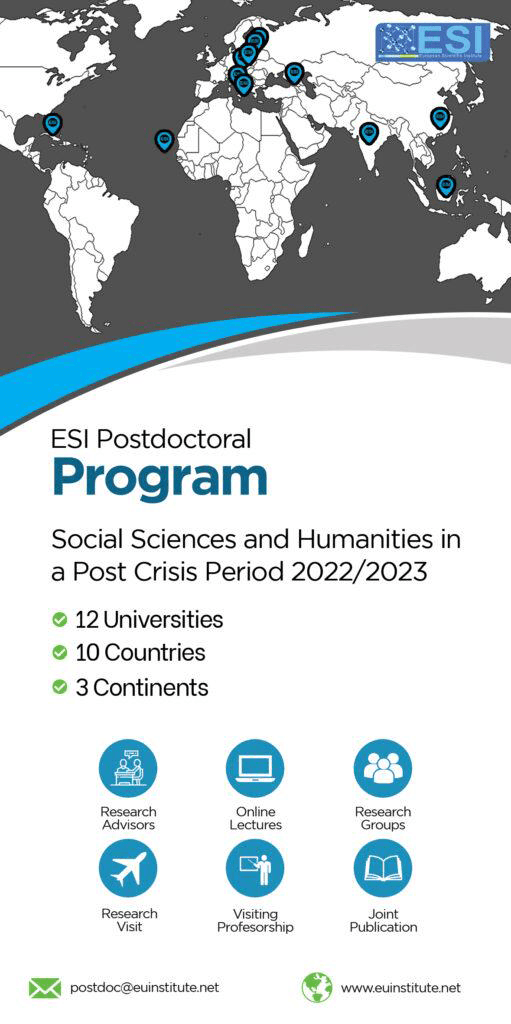Étude de l’Activité Hypoglycémiante des Extraits de la Poudre des Feuilles de Tridax procumbens chez les Rats Rendus Diabétiques
Abstract
Tridax procumbens est une plante connue traditionnellement en Afrique, et utilisée pour traiter de nombreuses pathologies telles que la fièvre, la dysenterie et le diabète. Cette étude visait à évaluer les propriétés hypoglycémiantes de la poudre des feuilles de Tridax procumbens chez des rats normaux et Diabétiques. La glycémie (g/l) a été déterminée chaque trois (3) jours. La poudre des feuilles de Tridax procumbens a entraîné une baisse significative de la glycémie chez des rats à jeun qui s’est rapprochée de la normale après 30 jours d’induction du diabète. Nos résultats montrent que la poudre des feuilles de Tridax procumbens possède des propriétés hypoglycémiantes. Ce qui ouvre la voie de son utilisation pour élaborer des médicaments traditionnels améliorés (MTA) contre le diabète.
Tridax procumbens is a plant traditionally known in Africa and used to treat numerous pathologies such as fever, dysentery, and diabetes. The aim of this study was to evaluate the hypoglycaemic properties of Tridax procumbens leaf powder in normal and diabetic mice. Blood glucose levels (g/l) were determined every three (3) days. Tridax procumbens leaf powder significantly lowered blood glucose levels in fasting rats, which were close to normal levels after 30 days of diabetes induction. Our results show that Tridax procumbens leaf powder has hypoglycaemic properties. This opens the way for its use in the development of improved traditional medicines (ITM) for diabetes.
Downloads
Metrics
References
2. Daisy, P., Feril, G., Kani, J. (2012). Evaluation of antidiabetic activity of various extracts of cassia auriculata linn. Bark on streptozotocin induced diabetic wistar rats. Int J Pharm Pharm Sci, 4 (4):312-318.
3. Duncan, M., Matheka, A., Morris, B., Kitua, A., Faraj, O., Alkizim, A. (2012). Peculiar glycemic patterns in alloxaninduced diabetes animal model. Afr. J. Pharmacol. Ther, 1(1): 30-34.
4. EU, « Council Directive 86/609/EEC of 24 November 1986 on the approximation of laws, regulations and administrative provisions of the Member States regarding the protection of animals used for experimental and other scientific purposes», Official Journal, vol. L 358, pp. 1–28, 1986. [Online] Available: https://eur-lex.europa.eu/legal-content/EN/ALL/?uri=celex%3A31986L0609 (10 Octobre, 2023).
5. Fédération Internationale du Diabète (FID) (2013). Atlas du diabète de la FID, 6è édition, P 46-62.
6. Fédération Internationale du Diabète (FID) (2025). Atlas du diabète de la FID, 11è édition, P 40-70.
7. Fontbome, A., Favier, F., Papoz, L. (2003). Le diabète de type 2 dans le monde: analyse d'une épidémie. J Ann. Diab Hotel Dieu, 53-64.
8. Graz, B., Elisabetsky, E., Falquet, J. (2007). Beyond the myth of expensive clinical study: Assessment of traditional medicines. J Ethnopharmacol, 113: 382-387.
9. Haribabu, T., Divakar, K., Divakar G. (2013). Evaluation of anti-diabetic activity of Lycopene and its synergistic effect with Metformin hydrochloride and Glipizide in Alloxan induced diabetes in rats. Sch. Acad. J. Pharm, 2(2):119-124.
10. Lenzen, S., Tiedge, M., Jorns, A., Munday, R. (1996). Alloxan derivatives as a tool for the elucidation of the mechanism of the diabetogenic action of alloxan. In: Shafrir, E., Ed., Lessons from Animal Diabetes. Birkhauser, Boston, 113-122. http://dx.doi.org/10.1007/978-1-4612-4112-6_8.
11. Munday, R., Tiedge, M., Lenzen, S. (1997). Comparative toxicity of alloxan, Nalkylalloxans and ninhydrin to isolated pancreatic islets in vitro. Journal of Endocrinology 155 : 283-293.
12. Nagappa, P. A., Thakurdesai, N.V. (2003). Rao, and J. Singh, Antidiabetic activity of Terminalia catappa Linn fruits. Journal of Ethnopharmacology, vol. 88, pp. 45-50.
13. Niyah, N., Watcho, P., Nguelefack, T., Kamanyi, A. (2005). Hypoglycaemic activity of the leaves of Bersama engleriana in rats. Afr. J Trad, 2 (3): 215-221.
14. Organisation Mondiale de la Santé (OMS). (2001). Forum Africain sur le rôle de la médecine traditionnelle dans les systèmes de santé: Harare, du 15 au 18 Février 2000. AFRITRM/01.1, 53p
15. OMS. (2002). Stratégie de l'OMS pour la médecine traditionnelle pour 2002-2005. WHO /EDM /TRM /2002.1. 78p.
16. OMS. (1999). Definition, diagnosis and classification. Report of a WHO consultation
17. Pareek, H., Sharma, S., Khajja, B. S., Jain, K., Jain, G. C. (2009). Evaluation hypoglycemic and anti-hyperglycemic potential of Tridax procumbens. BMC Complement. Altern. Med, 9: 48.
18. Prakasam, A., Sethupathy, S., Pugalendi, K. (2003). Effect of Casearia esculenta root extract on blood glucose and plasma antioxidant status in streptozotocin diabetic rats. J Pharm, 55: 43-49.
19. Prakasam, A., Sethupathy, S., Pugalendi, K. V. (2005). Antiperoxidative and Antioxidant Effects of Casearia Esculenta Root Extract in Streptozotocin-Induced Diabetic Rats. Yale journal of biology and medicine. 78 : 15 - 23.
20. Shirwaikar, A., Rajendran, K., Dinesh, K. C., Bodla, R. (2004). Antidiabetic activity of aqueous leaf extract of Annona squamosa in streptozotocin–nicotinamide type 2 diabetic rats. Journal of Ethnopharmacology, 91 : 171 - 175.
21. Yuping, L., Takeki, H., Kiichiro, T., Noboru, N., Zbigniew, G., Taichi, K. (2012). Suppressive effects of natural reduced waters onalloxan-induced apoptosis and type 1 diabetes mellitus. Cytotechnology, 64:281–297.
Copyright (c) 2025 Delorme Arsène Vivien Kouassi, Adama Kamagaté

This work is licensed under a Creative Commons Attribution 4.0 International License.








